Including species such as firs, cypress, and cedars, coniferous trees represent an ancient group of plants that can thrive in harsh climatic conditions.
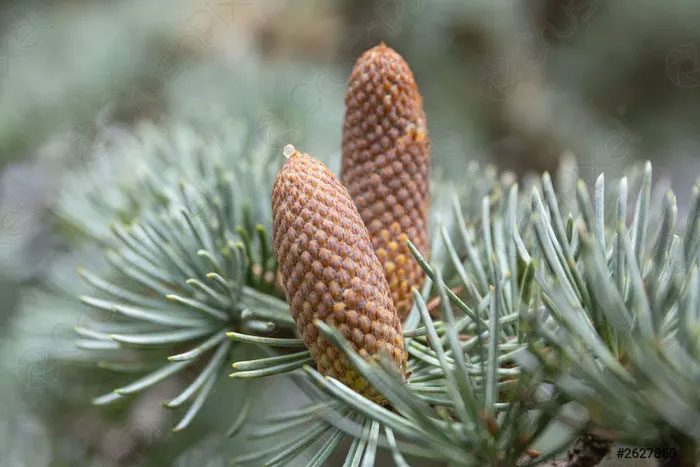
Colorado Blue Spruce (Picea pungens) reaches a height of 35 meters and is native to the western mountain ranges of North America. This coniferous species has grayish-blue needles with sharp tips, making it a popular ornamental tree in temperate regions.
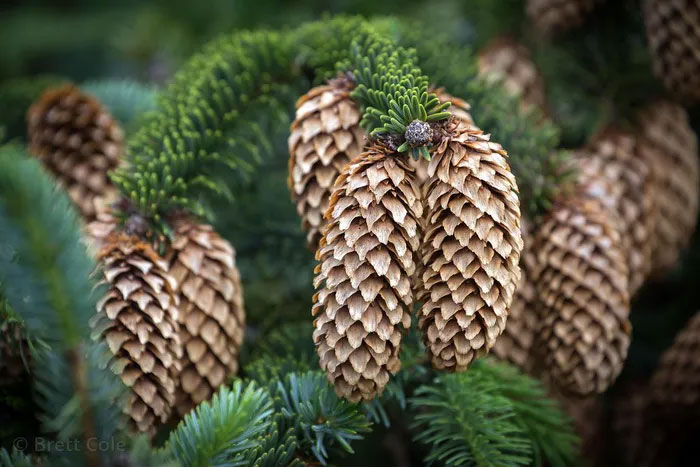
Sitka Spruce (Picea sitchensis) can grow up to 50 meters tall and originates from the coastal belt of the Pacific Northwest in North America. Thriving in cold and moist conditions, it is often planted as a forestry species.
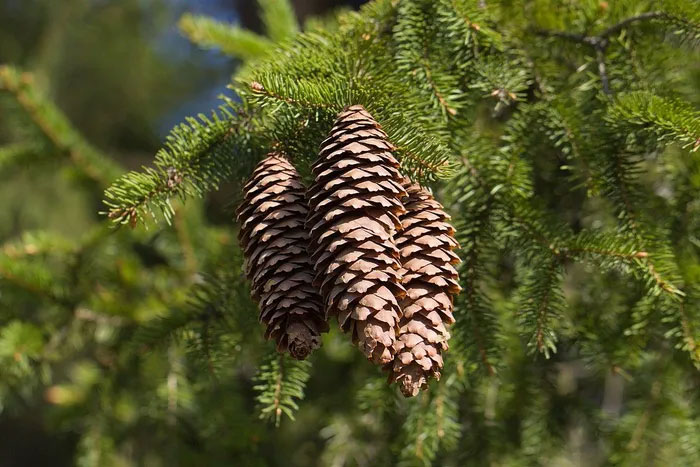
Norway Spruce (Picea abies) also reaches 50 meters in height and is a common species throughout Northern Europe. This tree, with its needle-like leaves, has a rapid growth rate and is an important timber species.
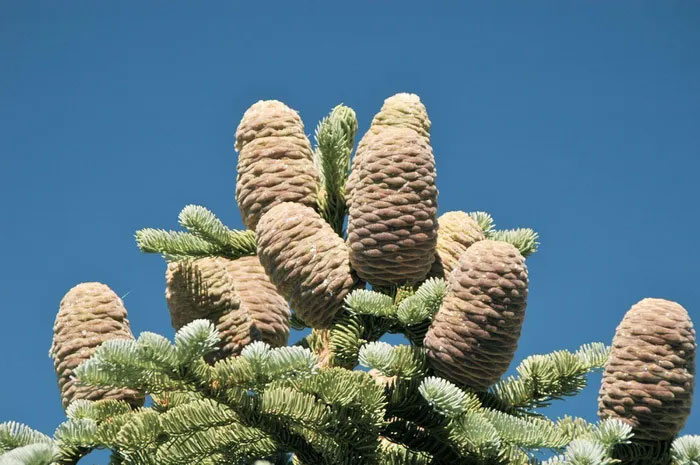
Red Fir (Abies magnifica) grows up to 40 meters and is found in the western regions of North America. It is drought-resistant and can thrive on dry mountain slopes where few other tree species survive.
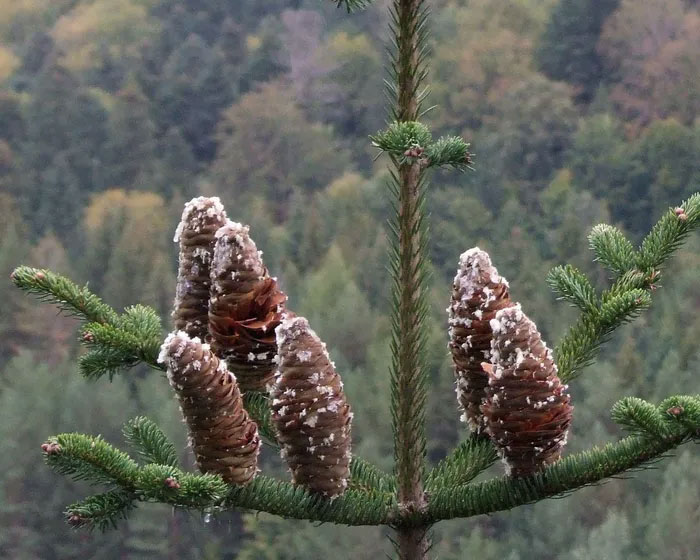
Silver Fir (Abies alba) also reaches 40 meters and is native to mountainous regions of Europe. In North America, it is planted in many plantations for the Christmas tree market.

Singleleaf Pinyon (Pinus monophylla) grows to a height of 15 meters and is native to the rocky slopes of Mexico and the southwestern United States. Among the pine family, this low-growing species is the only one with single needles rather than clusters.

Arolla Pine (Pinus cembra) can reach 20 meters in height and is distributed in the high mountain regions of Europe. It grows very slowly, taking 30 years to reach 1.3 meters and 50-80 years to achieve reproductive maturity.
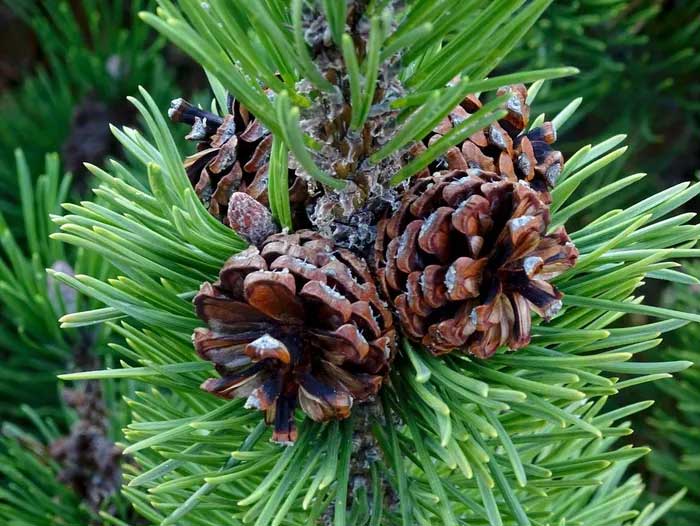
Maritime Pine (Pinus pinaster) can grow up to 35 meters and is native to the western Mediterranean region. It grows quickly and has needle-like leaves that grow in pairs.
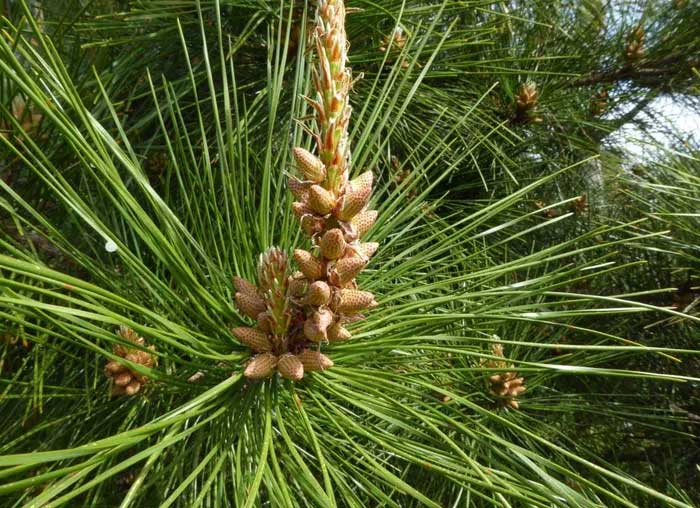
Chinese Pine (Pinus tabuliformis) reaches a height of 25 meters and is native to northern China and the Korean Peninsula. Its wood is used as construction material, its resin is used for fragrance, and its needles can be brewed into tea.
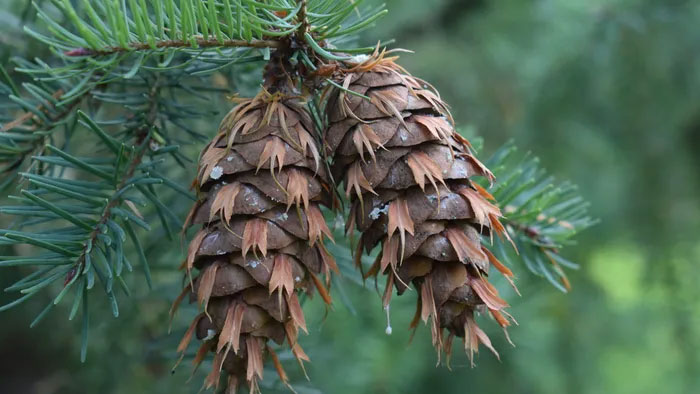
Coastal Douglas Fir (Pseudotsuga menziesii) can grow up to 60 meters and is found along the coastal regions of the Pacific Northwest. Its female cones have distinctive bracts formed by deformed cone scales. This is one of the tallest coniferous species.
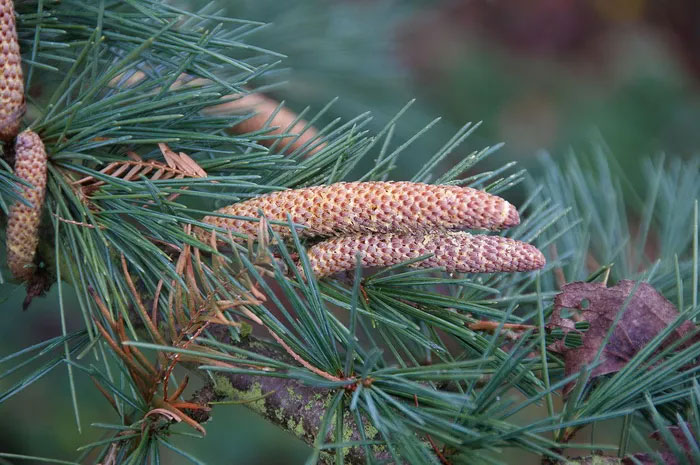
Himalayan Cedar (Cedrus deodara) can reach 50 meters and is native to western Himalayas. Considered a sacred tree, Hindus use it to produce oil for purification rituals.
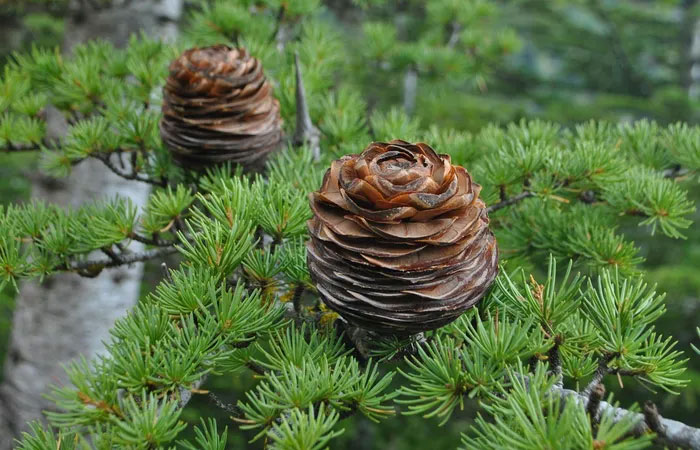
Lebanon Cedar (Cedrus libani) can grow up to 40 meters and is found in the eastern Mediterranean basin. With its beautifully spreading branches, it is a popular ornamental tree, although it is quite rare in the wild.
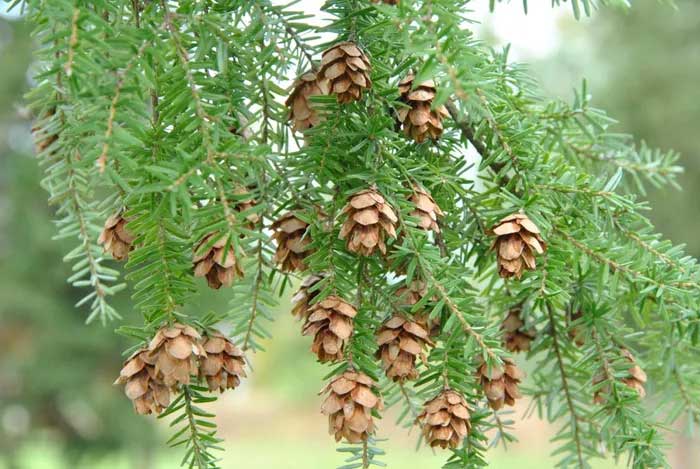
Western Hemlock (Tsuga heterophylla) can grow to 60 meters and is distributed in the western part of North America. As the largest hemlock species, it thrives in cool, moist conditions and can live for over 1,000 years.
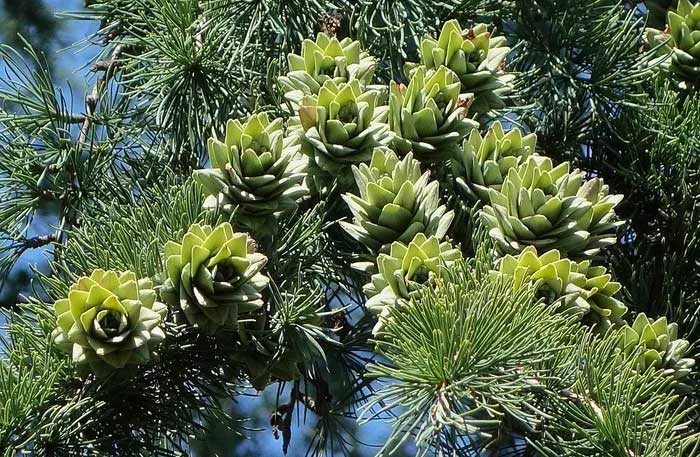
Golden Larch (Pseudolarix amabilis) reaches 40 meters in height and is native to eastern China. This tree turns a brilliant yellow in the fall before shedding its leaves in winter.
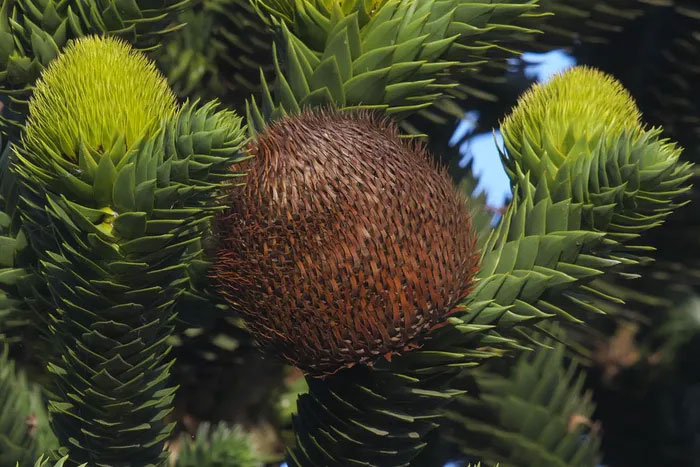
Chilean Araucaria (Araucaria araucana) can grow up to 50 meters and is native to the high mountains of Chile. Its leaves are sharp-tipped and grow in a spiral pattern. Mature trees have a wide canopy resembling an umbrella.
to be continued…

















































